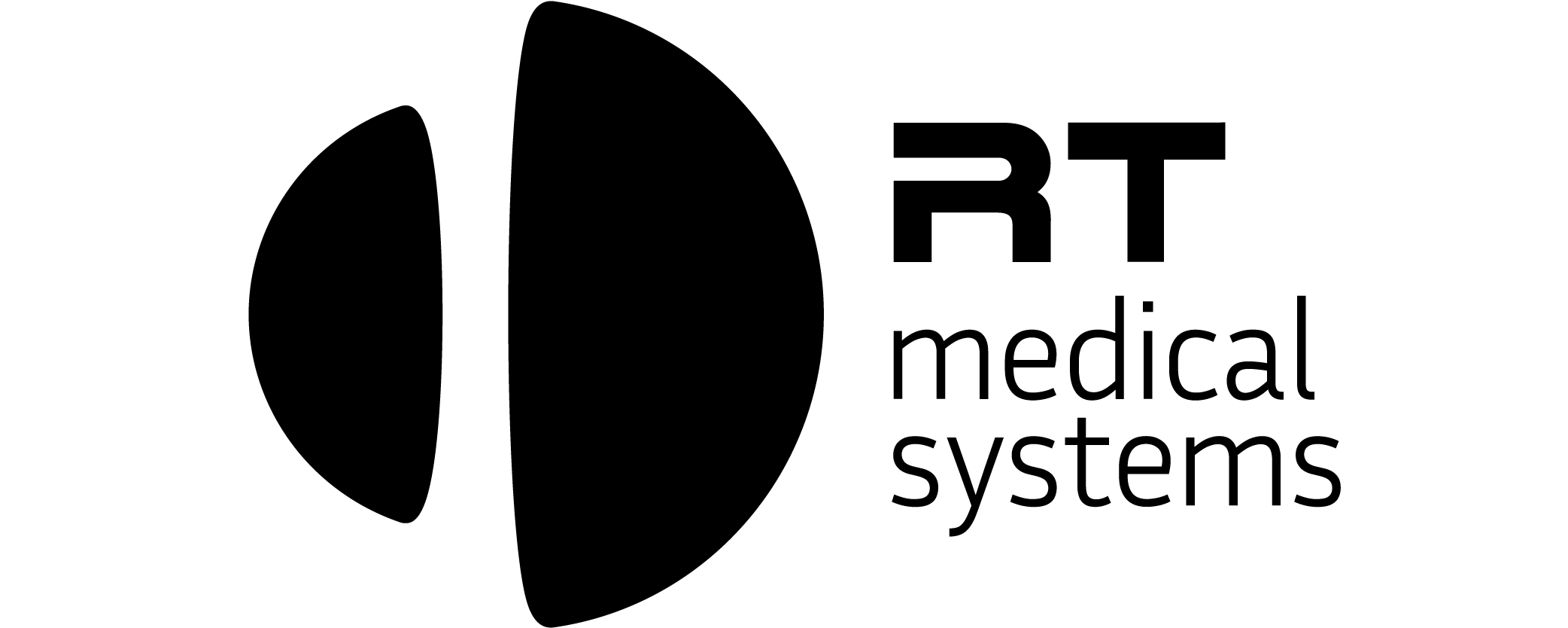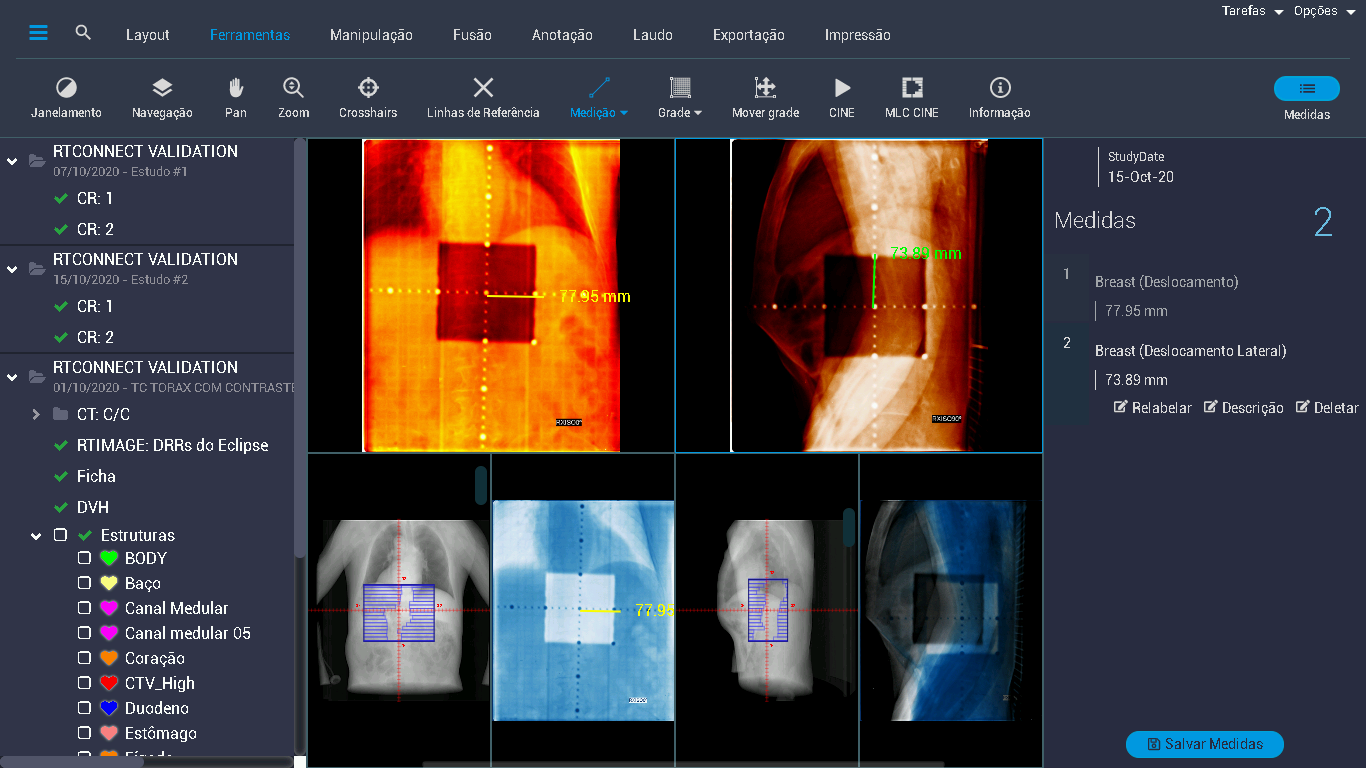Hospitals and clinics have been implementing new technologies to improve the efficiency and effectiveness of their medical processes. One of the most important technological advancements in the medical field is the use of Picture Archiving and Communication Systems (PACS), Radiology Information Systems (RIS), Clinical Information Systems (CIS), Laboratory Information Systems (LIS), and Hospital Information Systems (HIS).
Picture Archiving and Communication System (PACS)

HIS
A Picture Archiving and Communication System (PACS) is a medical imaging technology that enables the storage, retrieval, and distribution of medical images. It is used to store, manage and share medical images such as X-rays, CT scans, MRI scans and more, and is a cost-effective alternative to hard copy film storage.
Radiology Information System (RIS)
A Radiology Information System (RIS) is a software application that supports the radiology departments of a hospital. It streamlines the processes of the radiology department and provides a centralized system for storing and sharing patient information, images and results.
Clinical Information System (CIS)
A Clinical Information System (CIS) is a software application that provides healthcare organizations with an electronic health record (EHR) system to manage patient information and support clinical decision making. CISs provide clinicians with a comprehensive view of the patient’s medical history and treatment plan.
Laboratory Information System (LIS)
A Laboratory Information System (LIS) is a software application that helps manage and organize the processes involved in a medical laboratory. LISs are used to store, process and retrieve laboratory test orders and results. They help improve the accuracy of laboratory tests and provide faster results.
Hospital Information System (HIS)
A Hospital Information System (HIS) is a comprehensive, integrated information system designed to manage all aspects of a hospital’s operations, such as medical, administrative, financial and legal aspects of patient care. HISs provide real-time information on patient care, resource management and financial data.
The benefits of using these technologies in hospitals and clinics are numerous. Firstly, they help to improve patient care by providing clinicians with immediate access to patient information and images, which helps to make accurate diagnoses and treatment plans. Secondly, they increase the efficiency and accuracy of medical processes, reducing the risk of errors and improving the overall quality of patient care. Additionally, they provide better management of resources and financial data, helping to reduce costs and improve financial performance.




